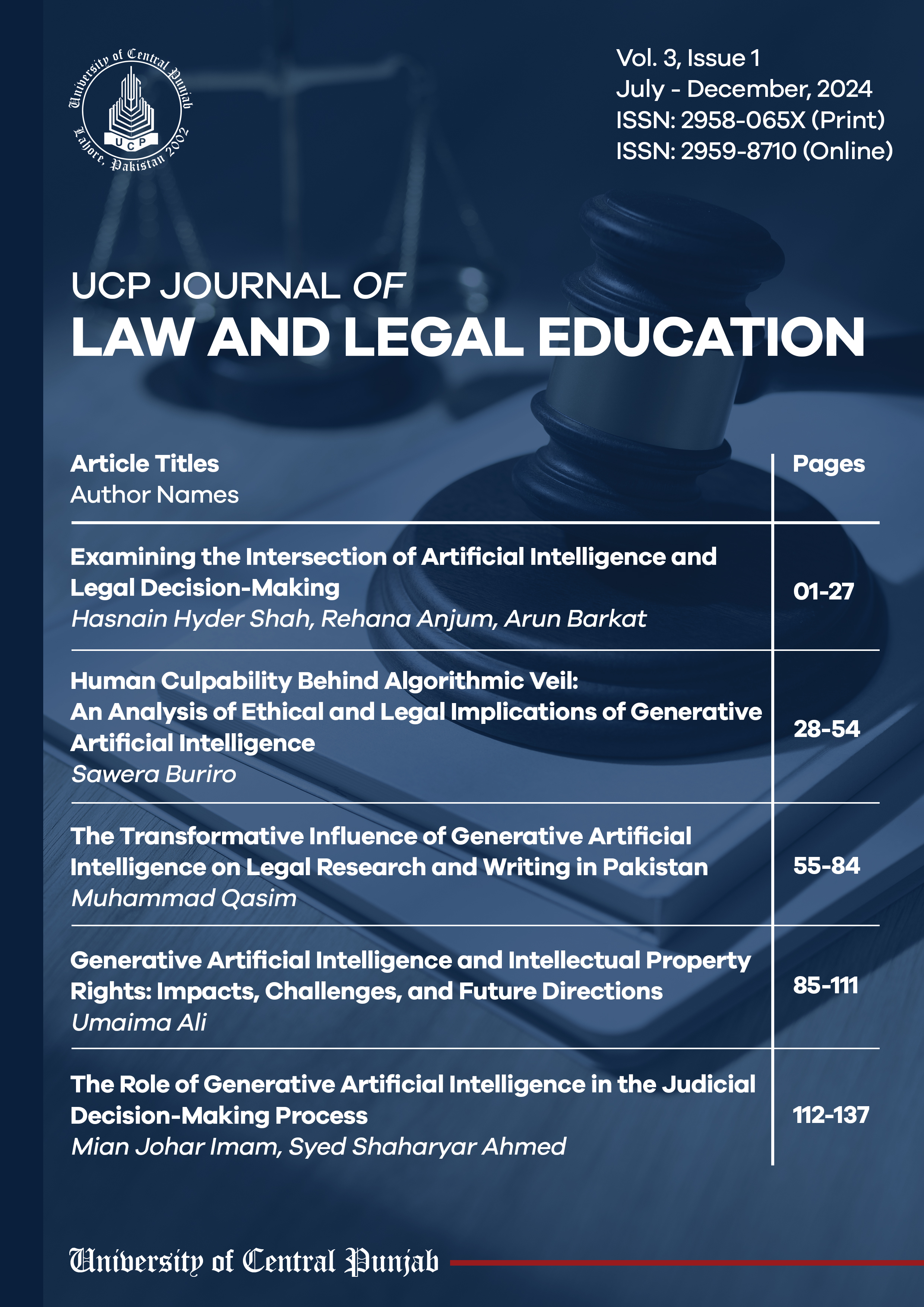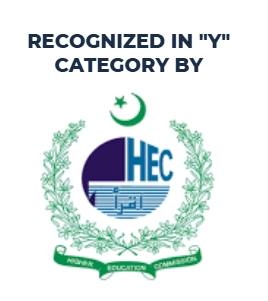Human Culpability Behind Algorithmic Veil: An Analysis of Ethical and Legal Implications of Generative Artificial Intelligence
DOI:
https://doi.org/10.24312/ucp-jlle.03.01.311Keywords:
Intellectual Property Rights, Generative AI, Infringement, Unlawful content, Deep-fake, Illicit Content by AIAbstract
At present, Generative Artificial Intelligence (GAI) have profoundly facilitated in many disciplines but simultaneously raised various ethical and legal concerns. Despite the strict policy measures and limitations on personal information, there are implications regarding the misuse of personal data without acknowledgement, which leads to privacy risks. Furthermore, the infringement of third-party Intellectual Property Rights (IPRs) is an immense issue. However, courts are concerned about how to solve the question of liability and accountability because when GAI plagiarises research works, and generates deep-fakes, false images and content, it challenges transparency. Even though the generation of the content is not the sole operation of GAI tools but is ancillary to prompts inserted by the user, various lawsuits are being filed against the GAI developers. The study answers three research questions: The first question inquires about the part performed by the human involvement at both the training and post-training phases. The second question evaluates the factors contributing to the generation of unethical and illicit content by AI. The third question determines the culpability for the generation of offensive, illegal and harmful content. Significantly, the research paper ascertains the part performed by the human involvement from the training phase to subsequent input of prompts and keywords. It analyses the factors contributing to the generation of unethical and illicit content by AI. It discusses at length the liability for unlawful content by GAI. The researcher employed the doctrinal methodology, analysing various articles, journals, case laws, books, internet resources, etc. The paper concludes that AI models are a “double-edged sword”. It suggests policy measures to track infringement of IPRs, prevent violation of privacy and conservation of personal data.
Downloads
Published
Issue
Section
License
Copyright (c) 2025 UCP Journal of Law & Legal Education

This work is licensed under a Creative Commons Attribution-NonCommercial 4.0 International License.




